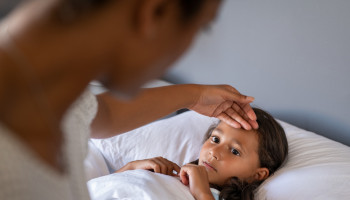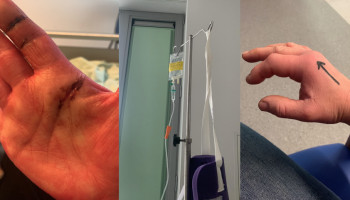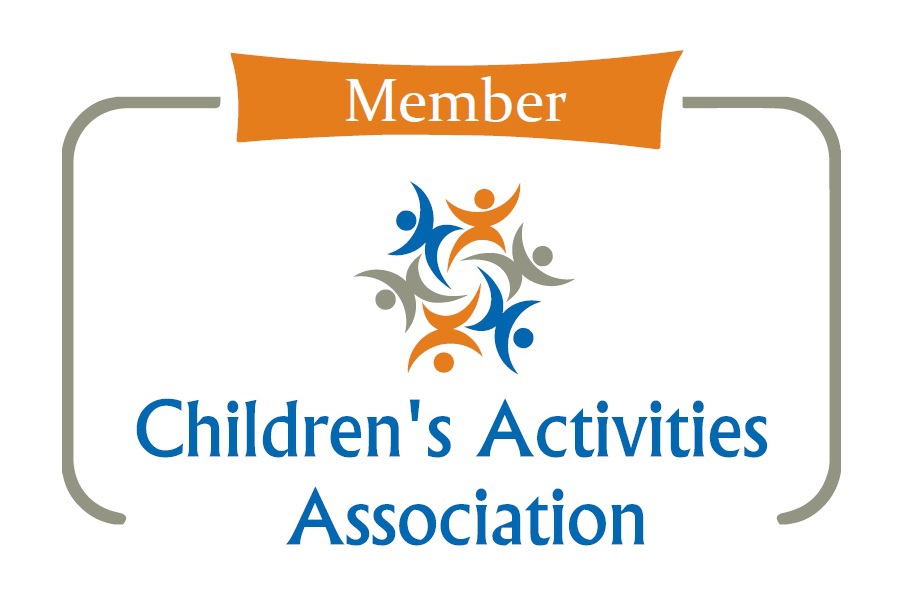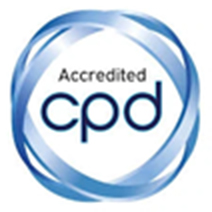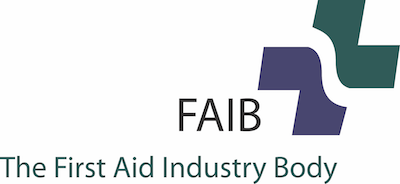This week is UK Road Safety Week. At Mini First Aid, we want to help keep you and your family safe whilst you are on the road. We hear from super trainer Liz Watt, who is now qualified in baby car seat safety. Liz tells us how lockdown has affected the information parents receive, and shares her 10 top tips for car seat safety with us.
Why did you decide to become qualified in baby car seat safety?
I have three children myself and was lucky enough to get all the car seat information I needed from staff at a local store. I remember it being a total minefield! During lockdown, many new parents have not received face to face advice about baby car seats. They have had no choice but to have seats delivered and then been left to their own devices to fit them.
I remember car seats being tricky to fit!
Absolutely. Car seats are not as easy to fit as you would think. If the seat is not fitted properly or a baby not positioned correctly, the little one could be severely injured if a crash were to happen.
Can you share your top tips for baby car seat safety?
1) Do your research
If you don’t manage to get any professional advice in person, there are a few things you can do. Check online to see which car seats are recommended for your particular vehicle and always read the instruction booklet carefully. There should be a QR code on your new seat which you can use to access instructions and videos.
2) Consider Isofix
Isofix bases for your baby’s seat are the safest option. Always check to see if your car is compatible. The ‘foot’ of the Isofix base has to be fixed on to a solid floor. You cannot use an Isofix base for example, in cars with storage compartments in the floor as this is NOT a solid base.
3) Buy a rear-facing seat
It is much safer for little ones to be rear facing. Extended rear facing car seats are available until around the age of 6 years. Try not to be in a rush to get your little one into a forward facing seat. Your little one is much safer rear facing in the event of an impact.
4) Get the size right
Baby car seats (Group 0 and 0+) are designed for use until around 12 months, depending on the model. The more ‘squished’ into the seat the better as a baby is likely to move less, in the event of a crash. When a child’s head reaches the top of the seat, it is usually a sign that they can move to the next size up. Don’t worry about your child’s legs being too long. Little ones are very happy to have their legs folded!
5) Get the set-up right
Seat belts and harnesses should not be twisted. In the event of a crash, a twisted seat belt can actually cause more damage. For most baby seats, the handle is actually a safety device which acts as a roll bar in the event of a collision. This should be kept in the ‘up’ position when the car is moving. The ‘hood’ if fitted, should also be down during travel. Always check your seat handbook for information.
6) Support baby’s head
A baby’s head is approximately 25% of their body weight, so is likely to lull forward. A car seat should be at a 45 degree angle to prevent this. Head-huggers come with various car seats. These should be used to support baby’s head and should not be removed too early just for the child’s comfort.
7) Get your seat checked
My best advice for any new parent would be to get your baby seat checked by a qualified car seat adviser.
8) Do the ‘pinch’ test
We used to say that your baby’s harness needs to be tight enough to fit 2 fingers underneath. Everyone has different size fingers, so we now say to do the ‘pinch’ test: if you can pinch the material of the harness then it is not tight enough. Don’t forget that the harness is there to keep your baby in place, in the event of a crash. It needs to be tight.
9) Don’t overdress
Do not dress your little one in big coats or pram suits when in their car seat. Your baby could overheat and the harness will not be tight enough. In the event of a crash, your baby could also slide out of their seat. Indoor clothing is enough when your child is in the car. If you are worried about your baby getting cold, pop a blanket over their body. Remember that babies should not be swaddled in their seat. Their arms need to be outside the harness.
10) Limit the time in a car seat
A premature or newborn baby should only spend 20 minutes at a time in a car seat. For older babies, they should spend no longer than 2 hours without a break. When you get out of the car, the best thing to do is to transfer your little one to a sling/pram and leave the seat in the car. It is not good for your baby’s spine or head to be in the car seat for long periods.
Keep your eyes peeled for further information and live demonstrations about car seat safety coming soon!
To book a Mini First Aid class, CLICK HERE.
Competition Time!
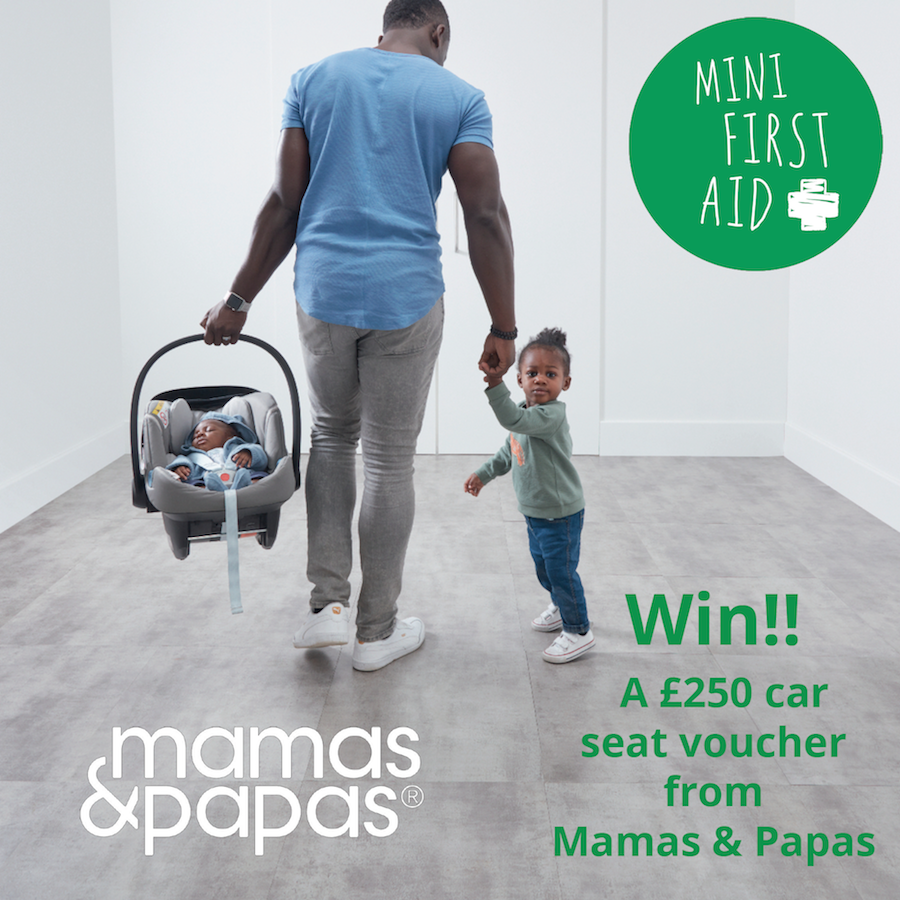
We have an amazing competition for you this week! We've teamed up with the lovely people at Mamas and Papas to give you the chance of winning a £250 car seat voucher! The lucky winner can spend the voucher on their chosen car seat at a Mamas & Papas Car Seat Consultation appointment in their local store, once they have re-opened.
To be in with a chance of winning this fabulous prize, please head over to our Facebook, Instagram and Twitter pages. Full T and C's apply.

